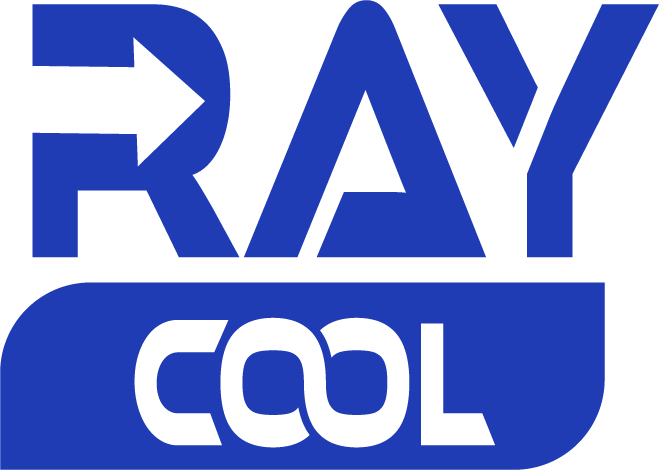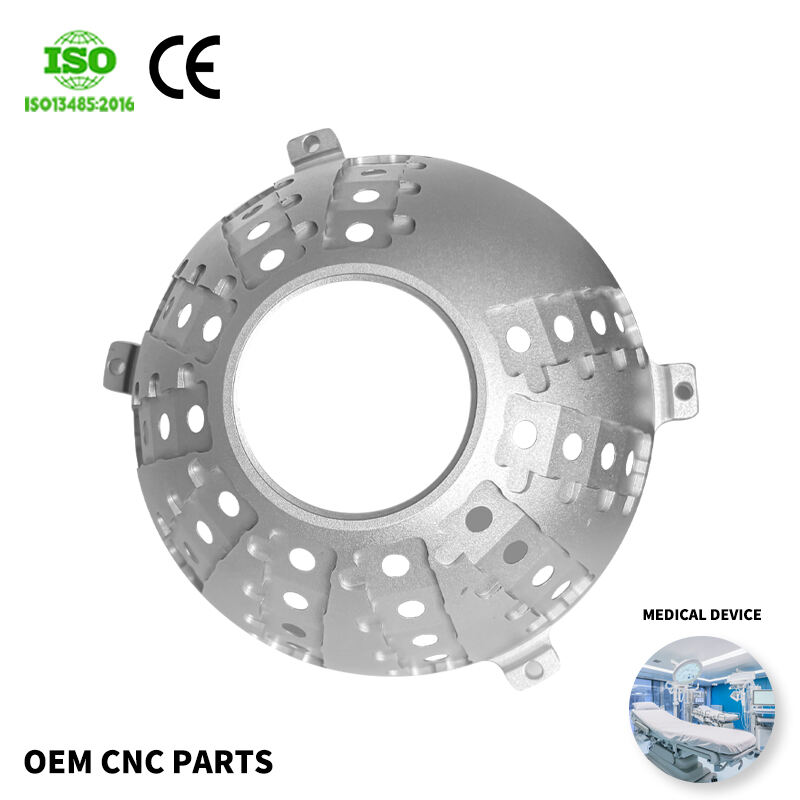Otimização Estratégica de Processos de Fabricação para Maior Eficiência de Custos
No cenário industrial competitivo atual, os fabricantes enfrentam o desafio constante de equilibrar a redução de custos com a manutenção da qualidade. A redução de custos de fabricação tornou-se uma prioridade crítica para empresas que buscam manter sua posição no mercado garantindo, ao mesmo tempo, a rentabilidade. No entanto, o segredo não está em medidas arbitrárias de corte de custos, mas em tomar decisões inteligentes de seleção de processos que otimizem tanto a eficiência quanto a qualidade do produto final.
A indústria de manufatura evoluiu significativamente na última década, com avanços tecnológicos e metodologias inovadoras abrindo novas possibilidades para a otimização de custos. Ao avaliar e selecionar cuidadosamente os processos adequados, os fabricantes podem obter economias substanciais sem comprometer seu compromisso com a excelência. Este guia abrangente explora os fatores essenciais que influenciam a redução de custos na manufatura, mantendo padrões elevados de qualidade.
Integração de Tecnologia e Oportunidades de Automação
Soluções Inteligentes de Manufatura
A implementação de tecnologias de manufatura inteligente representa uma oportunidade significativa para a redução de custos na produção. Sistemas avançados de automação, robótica e inteligência artificial podem racionalizar operações enquanto minimizam erros humanos. Essas tecnologias, embora exijam investimento inicial, frequentemente resultam em economias substanciais a longo prazo por meio de maior eficiência e redução de despesas com mão de obra.
Sensores da Internet Industrial das Coisas (IIoT) e plataformas de análise de dados permitem monitoramento em tempo real e manutenção preditiva, ajudando a prevenir falhas dispendiosas de equipamentos e atrasos na produção. Ao utilizar essas soluções tecnológicas, os fabricantes podem otimizar suas operações mantendo padrões consistentes de qualidade.
Sistemas Digitais de Controle de Processo
Sistemas modernos de controle de processo digital oferecem precisão sem precedentes nas operações de manufatura. Esses sistemas permitem um controle refinado dos parâmetros de produção, resultando em menos defeitos e menor desperdício de material. A integração de sistemas de controle digital também facilita uma melhor documentação e rastreabilidade, apoiando os esforços de garantia da qualidade enquanto contribui para a redução dos custos de fabricação.
Recursos avançados de monitoramento permitem a detecção imediata de desvios no processo, possibilitando correções rápidas antes que resultem em problemas de qualidade ou desperdício. Essa abordagem proativa ao controle de qualidade ajuda a manter altos padrões, minimizando os custos associados a refugo e retrabalho.
Seleção de Materiais e Otimização de Recursos
Aquisição Estratégica de Materiais
A seleção eficaz de materiais desempenha um papel crucial nas estratégias de redução de custos na fabricação. Ao avaliar cuidadosamente as opções de materiais e fornecedores, os fabricantes podem identificar oportunidades de economia sem comprometer a integridade do produto. Isso envolve considerar fatores como desempenho do material, disponibilidade e estabilidade de preço.
Materiais alternativos e soluções compostas frequentemente apresentam oportunidades de otimização de custos, mantendo ou até melhorando as características do produto. Desenvolvimentos avançados na ciência dos materiais introduziram novas opções que podem reduzir o peso, melhorar a durabilidade ou simplificar o processamento, ao mesmo tempo que reduzem os custos globais.
Iniciativas de Redução de Resíduos
A implementação de programas abrangentes de redução de resíduos impacta diretamente os esforços de redução de custos na fabricação. Isso inclui a otimização do uso de materiais por meio de um design aprimorado, a implementação de técnicas eficientes de corte e processamento, e o estabelecimento de sistemas robustos de reciclagem para recuperação de materiais.
Os princípios da manufatura enxuta, quando adequadamente aplicados ao manuseio e processamento de materiais, podem reduzir significativamente os desperdícios, mantendo os padrões de qualidade. Essa abordagem sistemática à otimização de recursos garante que os materiais sejam utilizados de forma eficiente em todo o processo produtivo.
Planejamento da Produção e Otimização do Fluxo de Trabalho
Sequenciamento Eficiente de Processos
O planejamento estratégico da produção e a sequência ótima de processos contribuem significativamente para a redução dos custos de fabricação. Ao analisar e otimizar os padrões de fluxo de trabalho, os fabricantes podem minimizar os tempos de preparação, reduzir o estoque em processo e melhorar a eficiência geral da produção.
Sistemas avançados de planejamento e ferramentas de simulação ajudam a identificar as sequências de produção mais eficientes, reduzindo gargalos e maximizando a utilização dos equipamentos. Essa abordagem sistemática ao planejamento da produção garante operações contínuas mantendo os padrões de qualidade.

Otimização do Tamanho do Lote
A determinação de tamanhos de lote ideais é crucial para equilibrar a redução de custos de fabricação com a eficiência da produção. Lotes maiores podem reduzir os custos de preparação por unidade, mas podem aumentar os custos de manutenção de estoque e reduzir a flexibilidade. Lotes menores oferecem melhor adaptabilidade, mas podem aumentar o tempo total de preparação e os custos.
Sistemas modernos de fabricação frequentemente permitem uma produção eficiente em pequenos lotes por meio de ferramentas de troca rápida e procedimentos automatizados de configuração. Essa flexibilidade permite que os fabricantes respondam às demandas do mercado mantendo operações economicamente viáveis.
Integração da Gestão da Qualidade
Controle de Qualidade Integrado ao Processo
A integração do controle de qualidade nos processos de fabricação apoia tanto a redução de custos de produção quanto os objetivos de garantia da qualidade. Sistemas de inspeção em linha e monitoramento de qualidade em tempo real ajudam a identificar e resolver problemas antes que resultem em desperdício significativo ou retrabalho.
Métodos de controle estatístico de processo e sistemas avançados de medição asseguram qualidade consistente, minimizando os recursos necessários para inspeção e testes. Essa abordagem integrada à gestão da qualidade ajuda a manter altos padrões enquanto reduz os custos associados.
Programas de Melhoria Contínua
A implementação de programas estruturados de melhoria contínua é essencial para a redução contínua dos custos de fabricação. Esses programas focam na identificação e eliminação de ineficiências, mantendo ou melhorando os padrões de qualidade. Auditorias regulares de processos e ciclos de melhoria ajudam a garantir progresso sustentado tanto na otimização de custos quanto no aprimoramento da qualidade.
O envolvimento dos funcionários em iniciativas de melhoria contínua frequentemente leva a insights e inovações valiosas que podem reduzir ainda mais os custos, mantendo os padrões de qualidade. Essa abordagem colaborativa para a otimização de processos aproveita o conhecimento e a experiência de toda a força de trabalho.
Perguntas Frequentes
Como a automação pode impactar a qualidade de fabricação enquanto reduz os custos?
A tecnologia de automação melhora a consistência e a precisão na fabricação, reduzindo custos com mão de obra e erros humanos. Sistemas automatizados modernos incorporam recursos avançados de controle de qualidade que mantêm ou superam os padrões tradicionais de qualidade, operando com maior eficiência e menores custos por unidade.
Qual é o papel do treinamento dos funcionários nos esforços de redução de custos?
Funcionários bem treinados contribuem para a redução de custos na fabricação ao operar equipamentos de forma mais eficiente, identificar problemas potenciais precocemente e participar efetivamente em iniciativas de melhoria contínua. O investimento em treinamento geralmente gera retornos por meio de maior produtividade e redução de desperdícios.
Como os fabricantes podem equilibrar os custos de estoque com a eficiência da produção?
Os fabricantes podem otimizar os custos de inventário por meio de sistemas de produção just-in-time, previsão de demanda e gestão estratégica de estoque de segurança. Ferramentas avançadas de planejamento ajudam a manter níveis mínimos de inventário, garantindo ao mesmo tempo a continuidade da produção e o cumprimento dos requisitos de qualidade.

